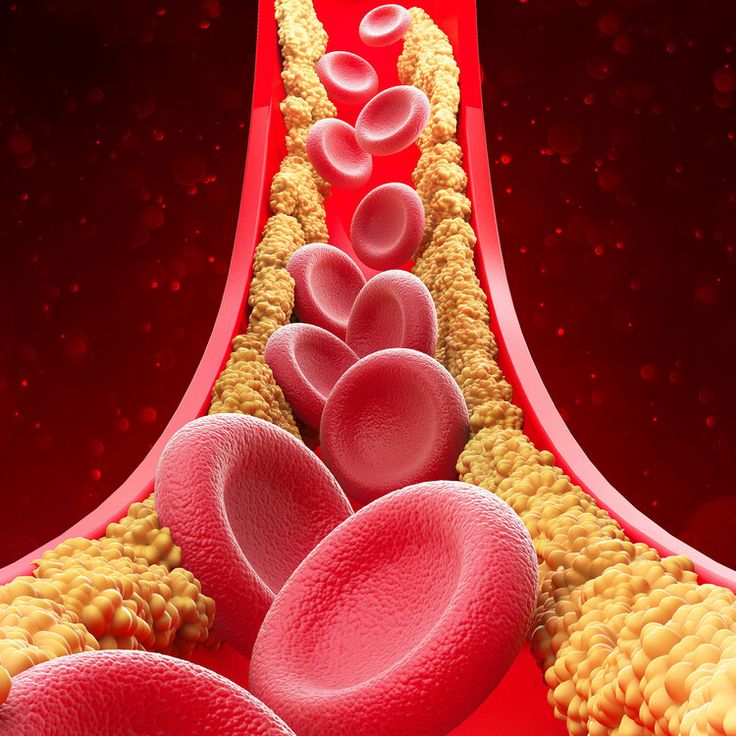
Where Does Cholesterol Come From?
Produced in the Liver: The majority of the cholesterol in your body—around 85–90%—is made by your liver. This internal production is carefully regulated by your body to keep levels in balance.
From Food: Only about 10–15% of your body’s cholesterol comes from dietary sources such as meat, dairy products, and eggs.
Important Facts and Benefits of Cholesterol
Cholesterol often gets a bad reputation due to its link with heart disease, but it’s actually a vital substance your body needs to function properly. In this article, we’ll explore where cholesterol comes from and the essential roles it plays in your health.
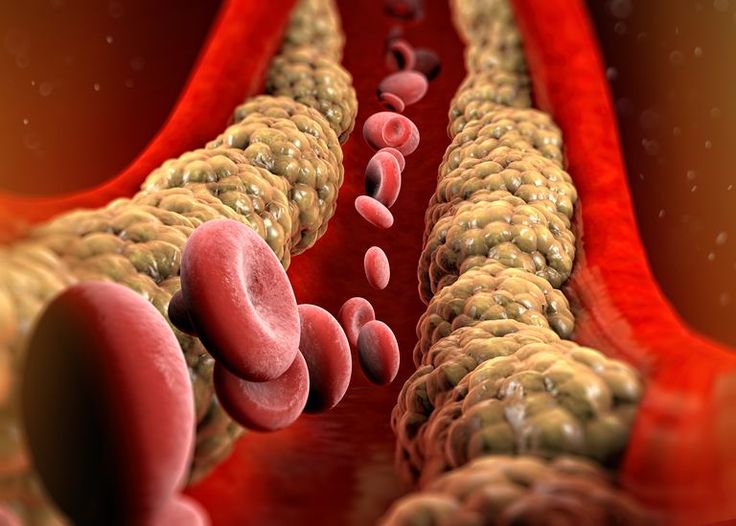
Key Benefits of Cholesterol
Despite its negative image, cholesterol plays several critical roles in the body. Here are some of its main functions:
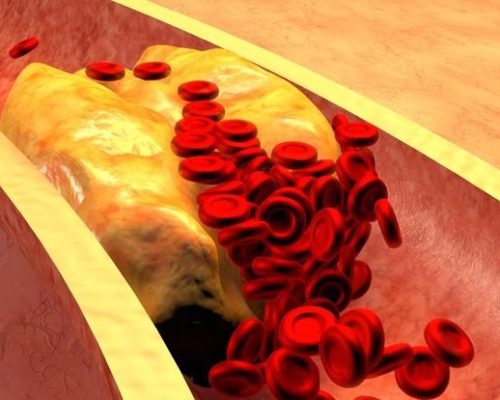
Cell Membrane Structure: Cholesterol is a crucial component of cell membranes, helping maintain their stability and flexibility.
Hormone Production: It is essential for the synthesis of sex hormones like estrogen and testosterone, as well as cortisol, the stress hormone.
Vitamin D Production: The body uses cholesterol to make vitamin D when the skin is exposed to sunlight.
Bile Production: Cholesterol helps form bile, which is necessary for digesting and absorbing fats in the intestines.
Metabolism Support: Cholesterol is involved in various metabolic processes that are vital for overall health.
Nerve Function: It contributes to the formation of the myelin sheath, which protects nerve cells and speeds up the transmission of nerve impulses.
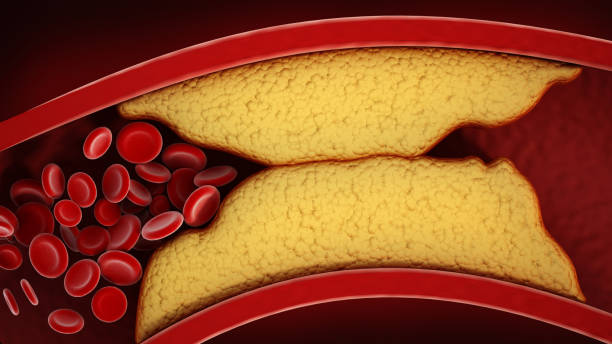
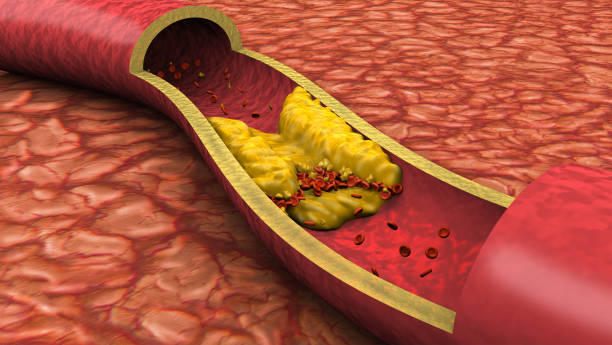
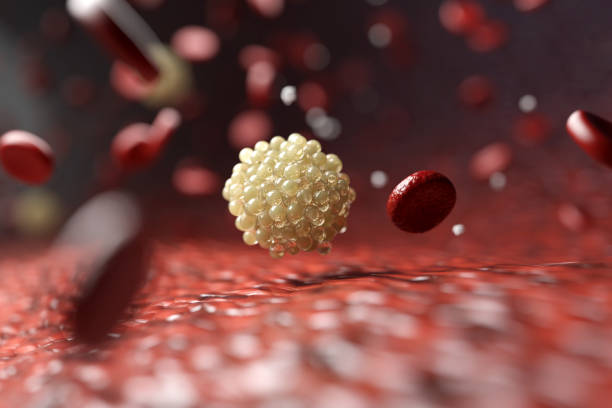
What Really Causes Heart Disease?
It’s Not Just LDL For years, LDL cholesterol has been blamed for heart disease. But new science tells a deeper story. It’s not the amount of LDL that matters most—it’s the type.
Small, Dense LDL: The Problem Particle
LDL comes in different sizes. Small, dense LDL particles are the most dangerous because they:
• Easily enter blood vessel walls
• Oxidize (get damaged) quickly
• Trigger inflammation and plaque buildup These small particles are more closely linked to heart disease than total LDL numbers.
Triglycerides and Insulin Resistance: The Real Root
High triglycerides—often caused by poor blood sugar control and insulin resistance—lead to small, dense LDL. This means your heart risk is more about:
• High sugar and carb intake
• Metabolic imbalances • Chronic inflammation than just high cholesterol.
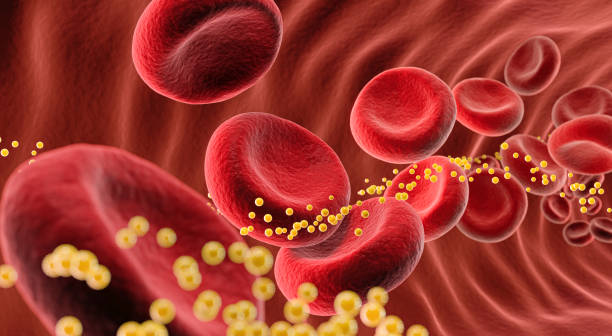
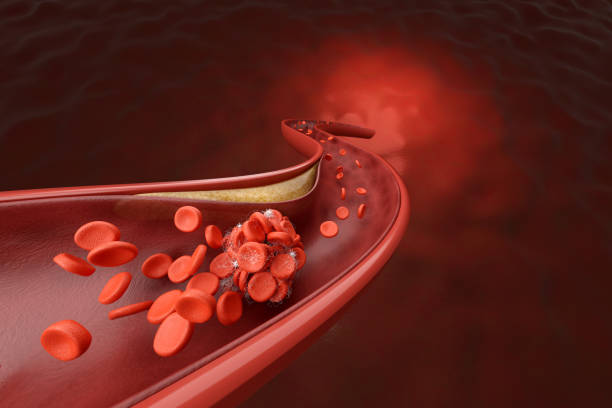
LDL Isn’t the Villain—It’s a Messenger
LDL carries cholesterol where your body needs it—for hormones, cell repair, and more. It becomes harmful only when oxidized—usually due to:
• Poor diet
• High stress
• Environmental toxins
• Inflammation Blaming LDL is like blaming fire trucks for being at a fire.
Functional Medicine: Treating the Root Cause
Instead of just lowering LDL, I look deeper:
• What’s causing small LDL particles?
• Is there insulin resistance or inflammation?
• How’s your nutrition and liver function?
I focus on why your body is out of balance, not just the lab numbers
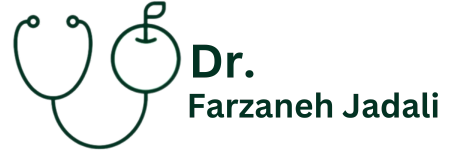
No comment